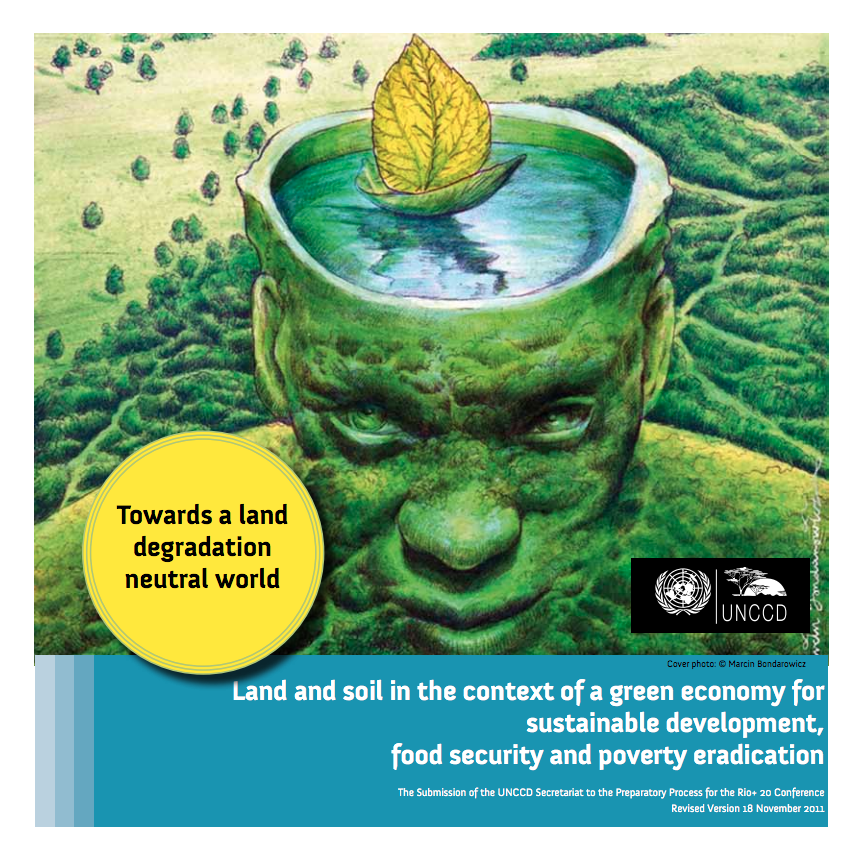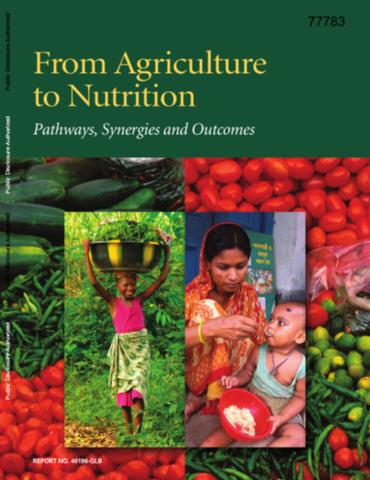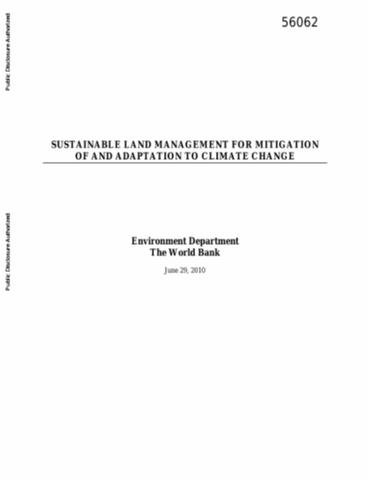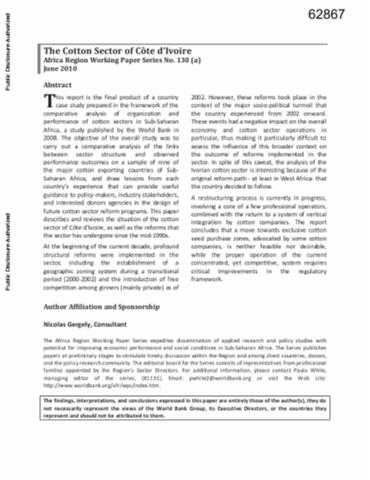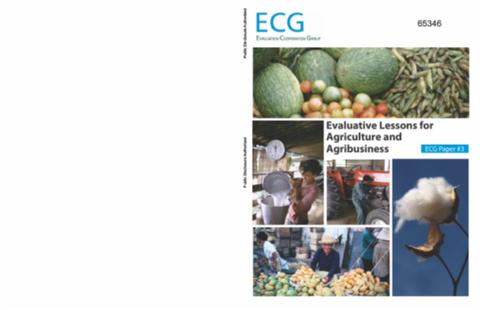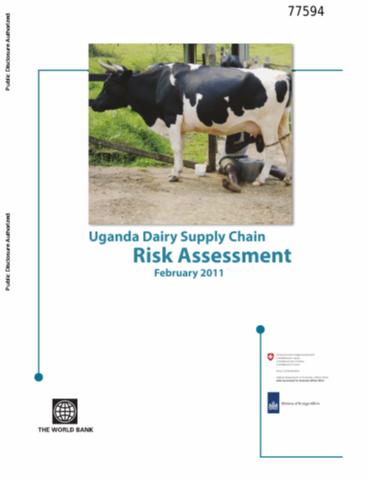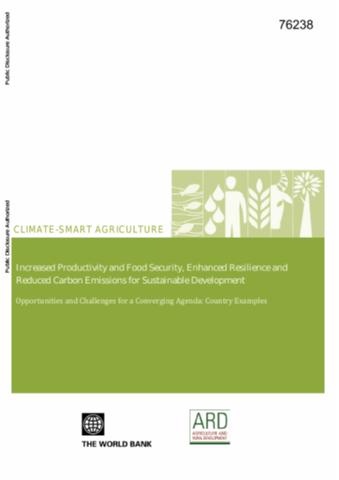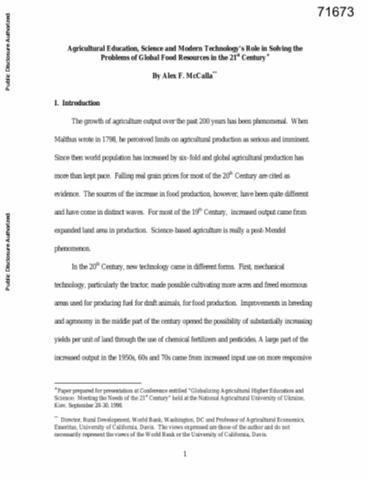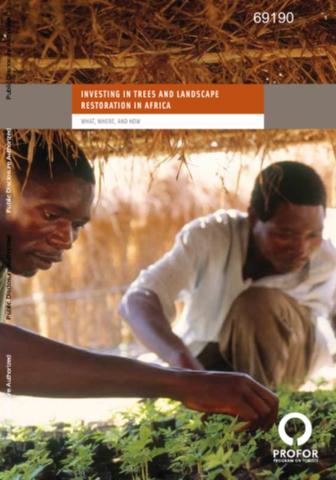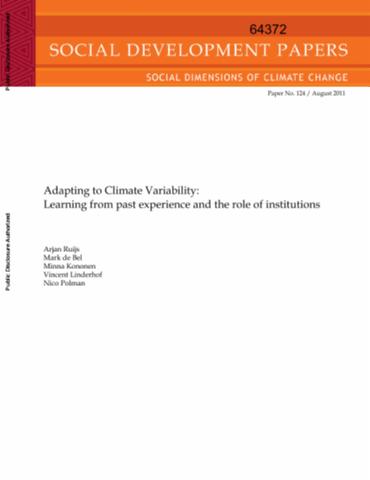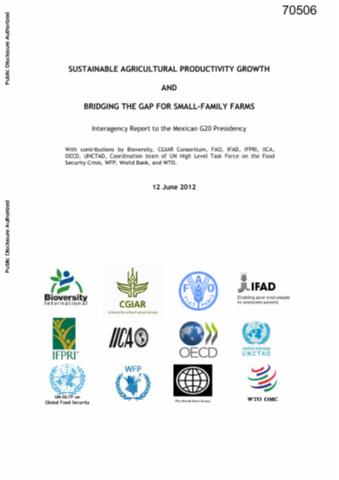Land and soil in the context of a green economy for sustainable development, food security and poverty eradication
Land is defined as a system engaged in generating biological productivity. It is the earth’s infrastructure for life. The rate and quality of production generated from the land depends on its major components, soil and its fertility. Soil organic matter, derived from the vegetation supported by a particular soil, is the major component that controls soil fertility.

